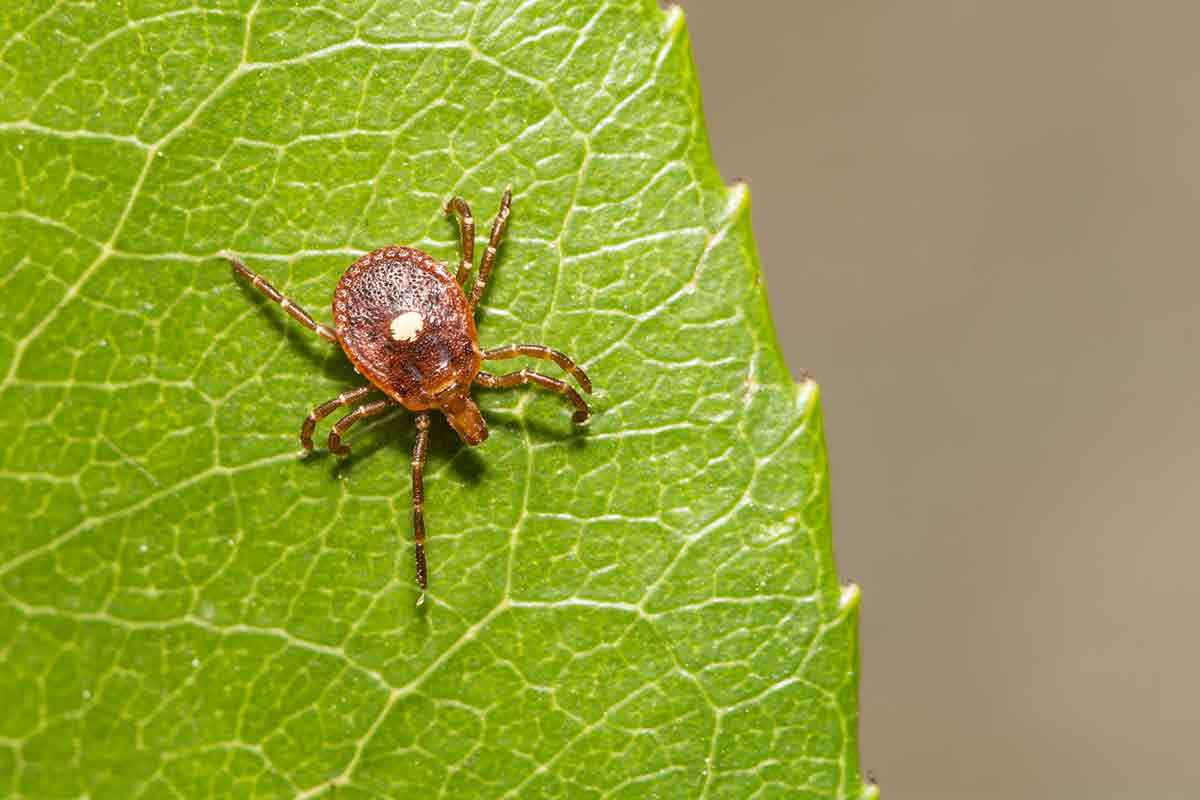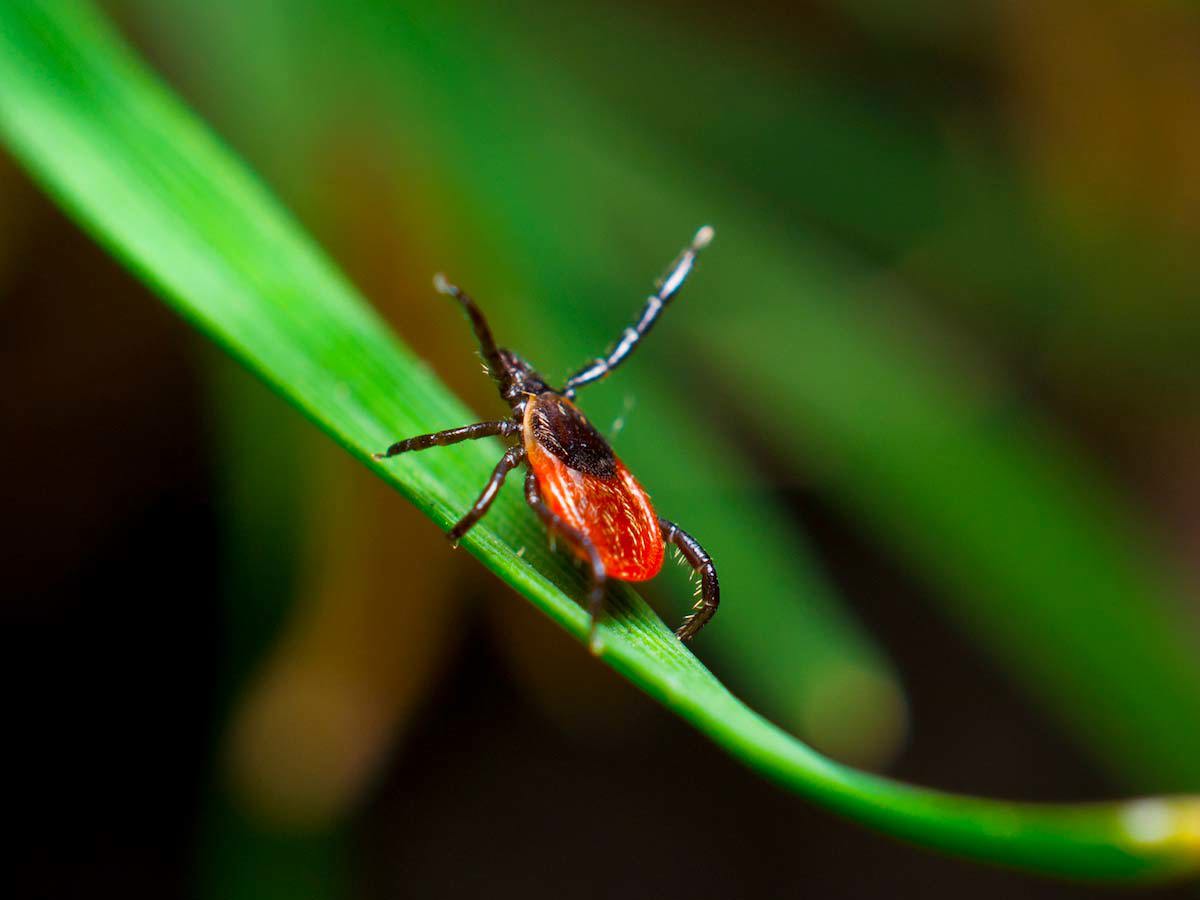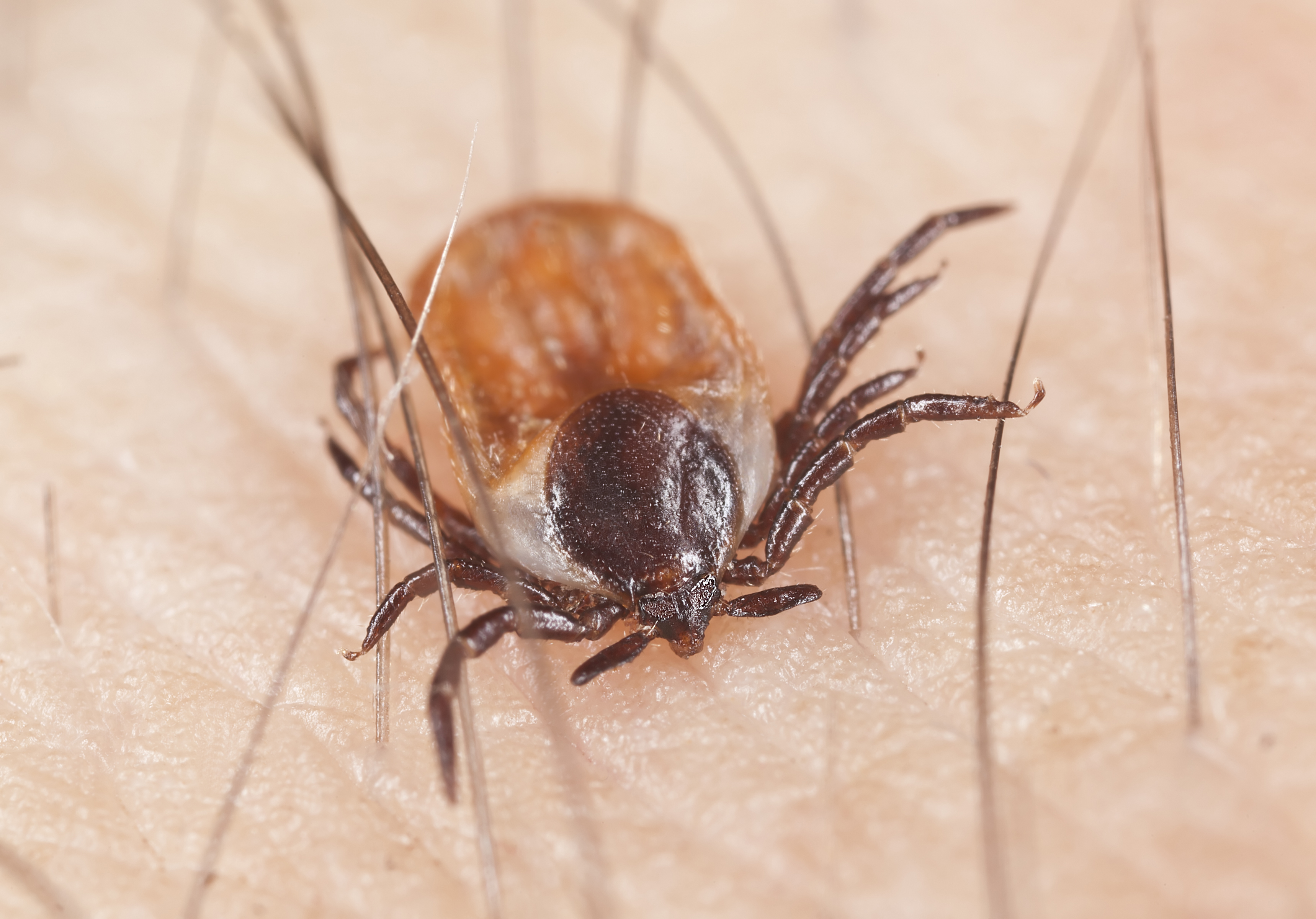Ticks in Maryland
Maryland residents are at particular risk of being exposed to diseases spread by ticks. According to the Centers for Disease Control and Prevention (CDC), the number of reported tickborne illnesses more than doubled from 2004 to 2016 in the Maryland area. Ticks in this area can spread Lyme disease, babesiosis, ehrlichiosis, anaplasmosis, Rocky Mountain spotted fever, and tularemia. Read on for more details and photos to help with Maryland tick identification.
What Types of Ticks are in Maryland?
According to the University of Maryland Extension, these are the six tick species most commonly found in the state:
Other common ticks include Gulf Coast Ticks, as well as Asian Longhorned Ticks, which are native to East Asia and not widely established throughout the United States at this point, but were first discovered in Maryland in 2018. They look like this:

When is Tick Season in Maryland?
Ticks in Maryland follow the Mid-Atlantic pattern. They are very active from spring to the fall. That said, you should always check for ticks after spending time outdoors, even during the winter, as ticks can remain active as long as temperatures stay above freezing.
Are Ticks “Bad” in Maryland?
Ticks are absolutely a concern in Maryland. According to the Maryland Department of Health, yearly tick-borne Lyme disease cases in the state increased by over 100 percent from 2000 to 2018. Fortunately, if you are proactive, you can do your best to minimize risk.
To avoid tick bites in Maryland, take the following steps:
- Avoid brush and wooded areas. If you are hiking, stay in the middle of the trail. Do not walk through tall grass or weeds.
- If you are planning to spend time outside, dress appropriately. Wear long pants and long-sleeve shirts while avoiding wearing open toed shoes. Wearing light colored clothing can help make ticks easier to spot.
- Perform a full inspection of your body and any pets or animals after spending time outside. Ask a friend or family member to check your scalp and other places that may be difficult for you to inspect.
- Wear insect repellent. It should contain at least 20% DEET.
What to Do If You Are Bitten by a Tick in Maryland
If you are bitten by a tick in Maryland, follow these steps for simple removal:
- Use tweezers or a tick removal kit to grasp the head of the tick. Do not grab the body, as this could result in the tick’s blood being accidentally injected into the skin.
- Firmly grasp the tick and pull up in a straight motion. Do not twist or wiggle the tick.
- Once the tick has been removed, dispose of it in a drain, toilet or trashcan.
- Clean the tick bite with soap and water.
- Monitor the bite site over the next few weeks. If a red bullseye develops or you experience flu-like symptoms such as fatigue or muscle aches, contact your doctor or a medical professional.
Find a Tick Exterminator in Maryland Today
If you have ticks in or around your home, you should contact a licensed pest control professional. Enter your zip code in the search bar below to see a list of licensed exterminators in your area.
Resources:
https://phpa.health.maryland.gov/OIDEOR/CZVBD/Pages/tickborne_dz.aspx








